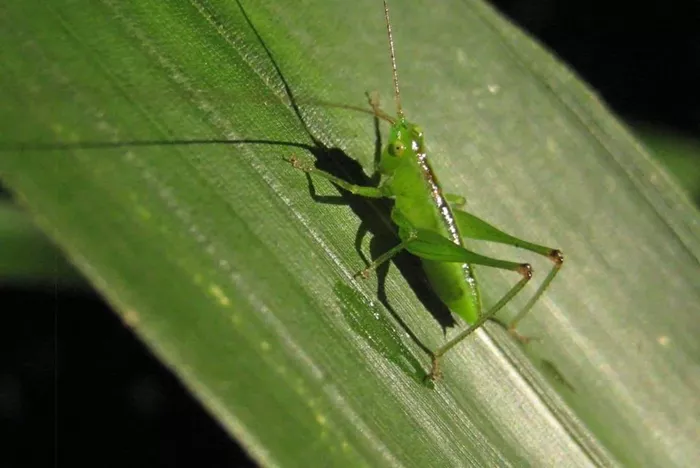Tiny green bugs on plants can be an alarming sight for any plant owner. These bugs are often pests that cause damage by feeding on the plant’s sap, leading to potential health issues for your beloved greenery. In this article, we’ll explore the types of tiny green bugs commonly found on plants, how to identify them, and most importantly, how to control them to keep
Tiny Green Bugs on Plants – What Are They?
If you’ve noticed tiny green bugs on your plants, you may be wondering what they are and how they can affect your plants. These pests are not just annoying but can also be harmful to your plants. They often appear in large numbers, making it difficult to ignore the problem. Understanding these bugs is the first step toward effectively managing them and preventing further damage to your plants.
Types of Tiny Green Bugs
1. Aphids: The Common Culprits
One of the most common tiny green bugs found on plants are aphids. These small, soft-bodied insects can be green, but they can also appear in other colors like yellow or black. Aphids typically cluster on the undersides of leaves, stems, or buds. They feed on plant sap, weakening the plant over time.
2. Mealybugs
Mealybugs, while often appearing white or gray, can sometimes appear green. These pests are also sap-feeding insects, and they can form a protective waxy coating. They tend to hide in the crevices of plants, making them harder to spot.
3. Green Lacewing Larvae
While adult lacewings are not pests, their larvae are often mistaken for tiny green bugs. These larvae feed on aphids and other pests, making them beneficial for gardens. They’re predatory insects and can help keep aphid populations in check.
4. Whiteflies
Although more commonly found as tiny white bugs, some whiteflies can appear green when young. These bugs also feed on plant sap, causing yellowing leaves and stunted growth. Whiteflies are known to multiply quickly, making them a major concern for gardeners.
How Do Tiny Green Bugs Affect Plants?
These tiny pests can cause significant damage to your plants, even if they appear harmless at first. Here’s how they impact plant health:
1. Wilting and Yellowing of Leaves
Tiny green bugs like aphids and mealybugs suck the sap from plant tissues, leading to wilting and yellowing of leaves. This is a sign that the plant is not receiving the necessary nutrients to thrive.
2. Stunted Growth
As these bugs feed on the plant, they prevent it from growing properly. Over time, the plant becomes weak, and its growth slows down. In severe cases, the plant may die.
3. Transmission of Diseases
Some of these tiny green bugs, especially aphids and whiteflies, are vectors for plant diseases. They can carry viruses, bacteria, and fungi from one plant to another, spreading infections in your garden.
Are Tiny Green Bugs Damaging Your Plants
1. Look for Clusters
If you see clusters of tiny green bugs, especially on new growth, it’s likely that aphids or mealybugs are the culprits. These bugs tend to gather in groups, making it easier to spot an infestation.
2. Examine the Undersides of Leaves
Many of these pests hide on the undersides of leaves. Inspecting the leaves carefully can help you identify if these bugs are feeding on your plants. Aphids, for example, often stay in one place and feed continuously.
3. Look for Symptoms of Plant Stress
Wilting, yellowing, and stunted growth are all signs that tiny green bugs may be affecting your plants. If you notice any of these symptoms, it’s time to investigate further.
How to Get Rid of Tiny Green Bugs
1. Use Insecticidal Soap
Insecticidal soap is a safe and effective way to kill tiny green bugs on plants. It works by breaking down the insect’s cell membranes, ultimately causing it to dehydrate. Spray it directly on the bugs and make sure to cover both sides of the leaves.
2. Neem Oil
Neem oil is another natural remedy for pest control. It acts as a repellent and disrupts the pest’s life cycle, preventing them from reproducing. This oil can be sprayed on plants without harming them.
3. Introduce Beneficial Insects
Beneficial insects, such as ladybugs and lacewing larvae, can help keep aphid populations in check. These natural predators will feed on the pests and reduce their numbers in your garden.
4. Prune Infected Areas
If a portion of your plant is heavily infested, it may be best to prune the affected area. This will not only remove the pests but also prevent them from spreading to other parts of the plant.
5. Use Companion Planting
Certain plants, like garlic or marigolds, can act as natural repellents for pests. Consider planting these around your garden to keep tiny green bugs at bay.
Prevention Tips
Preventing an infestation is often easier than dealing with one. Here are some tips to help keep tiny green bugs away from your plants:
1. Regularly Inspect Your Plants
Check your plants regularly for signs of pests. Early detection can make it easier to address the problem before it gets out of hand.
2. Maintain Healthy Plants
Healthy plants are less likely to attract pests. Provide proper watering, sunlight, and nutrients to keep your plants strong and resilient.
3. Remove Weeds
Weeds can harbor pests, so make sure to remove them regularly. This helps eliminate potential breeding grounds for tiny green bugs.
Conclusion
Tiny green bugs on plants may seem like a small issue, but they can cause serious damage if not addressed. Understanding the different types of pests, how they affect your plants, and how to manage them is crucial for keeping your garden healthy. By using natural remedies, introducing beneficial insects, and maintaining proper plant care, you can prevent these bugs from taking over your plants.


